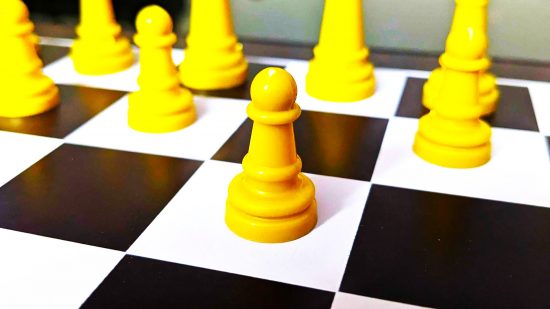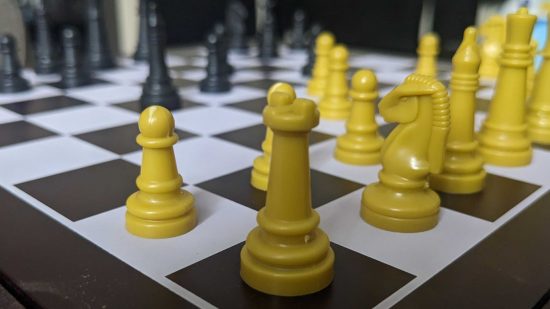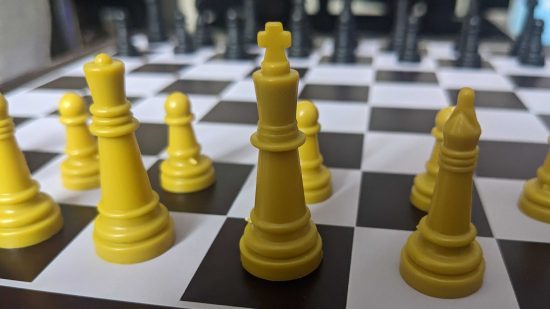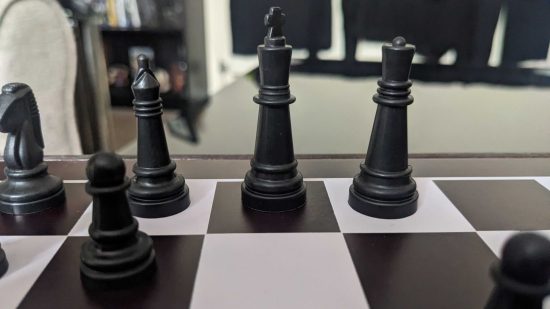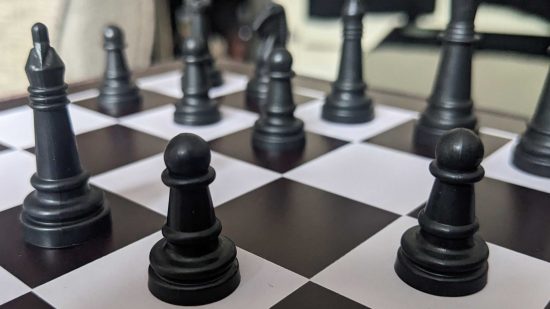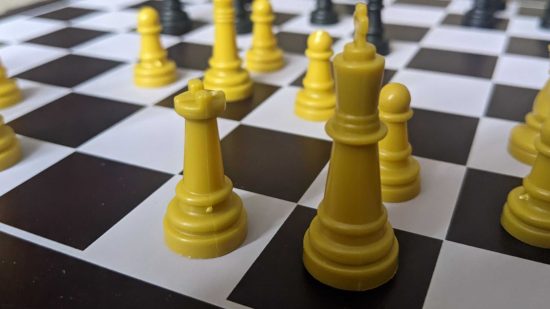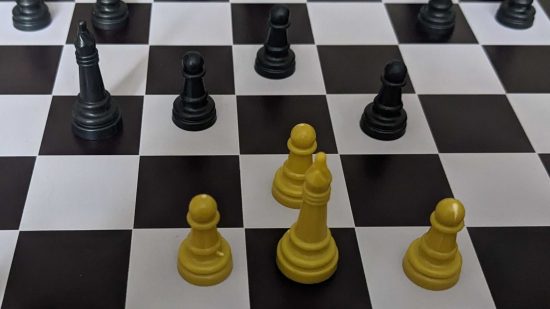While tactics are short-term choices you make to set up attacks or defense, chess strategies are the over-arching plans that help you win a game. A strong understanding of chess strategy makes for a powerful player, but it can be tough to know where to start. We’re here to help with a guide to chess strategy for beginners.
Before we jump into basic chess strategy, our guide on how to play chess can remind you of the classic board game’s key rules. We can also help you find the right chess set or chess table for your gaming needs. And, if you’re keen to try something new, check out the best board games we’d recommend for any tabletop gaming fan.
For now, this guide focuses on chess strategies that are most important during the opening of a game. A well-played game of chess is often over before the endgame has even begun, and strategies for the middlegame are decided depending on the opening movies played. Because of this, we’ll establish opening strategies first – and update this guide later with even more chess strategies.
Know the value of your pieces
The goal of a chess game is to capture an opponent’s king, and the primary way to achieve this is to have something chess players call ‘material advantage’. Put simply, material advantage means that you have more valuable pieces on the board – and a better chance of winning the game.
The first step to understanding material advantage is to know the rough value of your chess pieces. Different chess masters have debated the exact value of each piece over the centuries, but there is a general hierarchy the different methods of measurement follow. Here’s a commonly used method of valuing chess pieces:
| Piece | Value |
| Pawn | 1 |
| Knight | 2 |
| Bishop | 3 |
| Rook | 5 |
| Queen | 9 |
The king is generally considered ‘priceless’ as its capture ends the game. However, the king can be a useful piece in itself during the endgame, so it might help to give it a value for this purpose – somewhere between 3.5 and 4 is common.
Each chess piece has a core value, but other factors can influence this number. For example, pawns become more valuable in the endgame when they’re likely to be promoted, becoming a more valuable piece. Having two bishops on the board is more valuable than just one, but a bishop that’s boxed in by its allied pieces is devalued by its position.
Developing chess pieces
In order to maximize the value of your chess pieces, many opening strategies focus on ‘developing’. This means getting your pieces moving quickly, and placing them in the most advantageous positions possible.
It’s a good idea to develop ‘minor’ chess pieces first – that’s lower-valued pieces like your knight and bishop. It’s also a good idea to generally develop pieces towards the center of the board. The squares at the center offer the most options for movement, so having control of this area gives you a significant advantage.
Because of this, the best first move in chess is moving a pawn towards the center of the board.
Here are a few key things to consider when developing your pieces:
Understanding (and using) pawn structure
Pawns are the only pieces that can’t go back if you move them to a bad spot, so it’s crucial you plan your pawn structure. A pawn could be considered weak in the following situations:
- Isolated – There are no allied pawns on an adjacent column to protect it from attacks.
- Doubled – Two allied pawns occupy the same column, meaning they can’t defend each other.
- Backward – A pawn is behind all other allied pawns on adjacent columns, so it’s hard to defend and may be blocked from moving forward.
A weak pawn structure also creates ‘holes’, which are squares on your side of the board that cannot be controlled by a pawn. Pro chess players have created a variety of pawn formations that give you a strong pawn structure to work with. Learning some of these will help you master chess strategy.
Protecting your king
During a game’s opening, your king can’t be played aggressively. The most important thing to do with your prized piece is to move it somewhere it can easily be defended. The best place for this is the corners of your side of the board – and that’s where castling comes in.
‘Castling’ is a chess move that lets you move your king and a rook in a single move. As long as neither the king nor the rook has moved yet, you can move your king two squares towards the rook, and the rook then hops into the space the king moved through.
As well as the rule about not moving either piece, your king must be able to move through empty spaces as part of the move. Additionally, you can’t move your king into or out of a space where it’s under attack.
Generally, you should aim to castle your king as soon as possible. This will require you to move other pieces though, so keep following our guidance about moving your least valuable pieces first. This next tip is also crucial:
Moving pieces with purpose
No one is playing chess in a vacuum. Your opponent isn’t going to politely wait for you to finish developing your pieces – they’ll be looking to interfere with your territory, or they’ll be developing their own advantage.
While developing your pieces in the ways described above is vital, it’s also important to respond to the changing board. As well as developing your pieces, you should be actively attacking or defending against your opponent. If you’ve got control over more of the board, remove an opponent’s valuable pieces, and develop your pieces effectively, a win is well within your reach.
Here’s a video from GothamChess that shows you more about the basics of opening chess strategies:

For more tabletop tutorials, here are our guides to poker rules and poker hand rankings. We can also show you how to play Backgammon, as well as Scrabble strategies to help you win every time.
